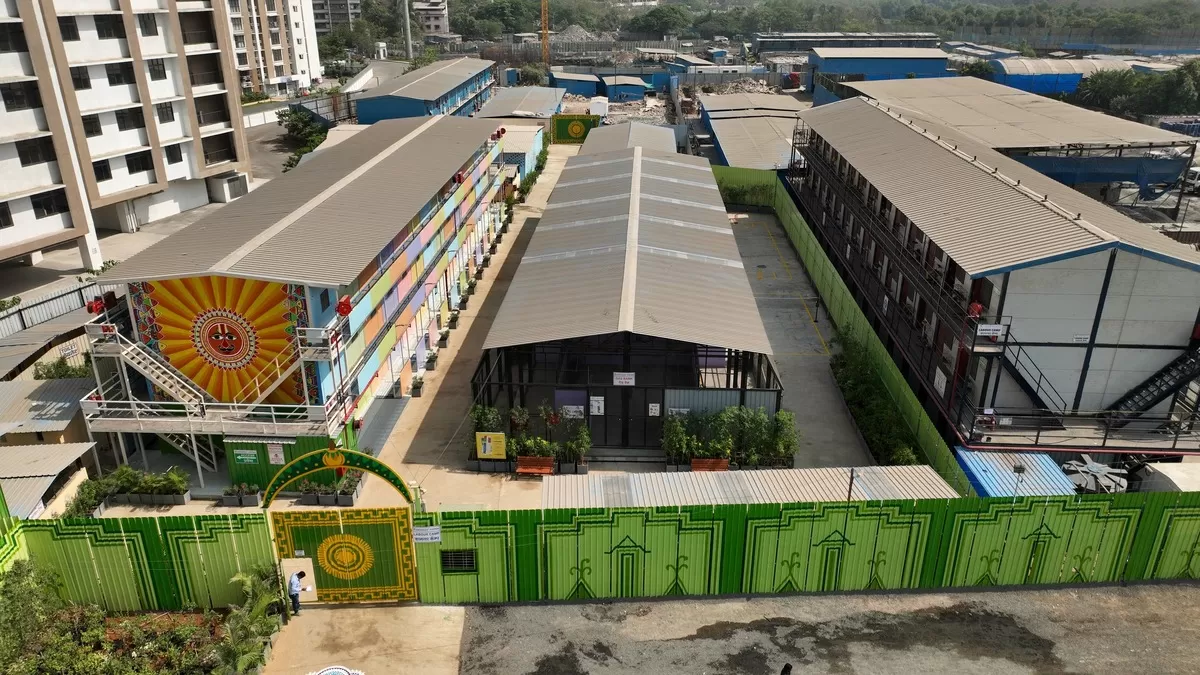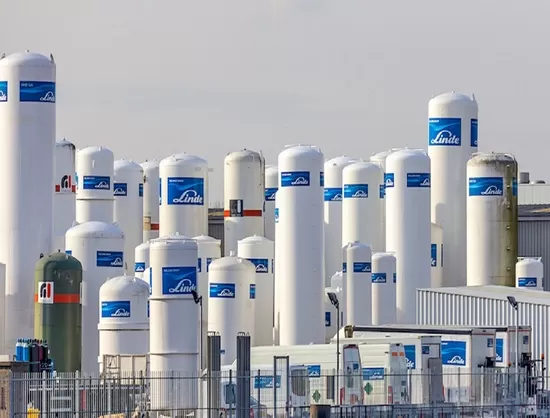While unemployment was already a problem pre-Covid, the pandemic escalated the issue to crisis
mode, spreading to sectors like construction that traditionally support large-scale employment. If
Atmanirbhar Bharat must not suffer the fate of the Make in India , it must ensure sustained job
creation, writes Deepto Roy. __________
“I am conscious that the forthcoming Budget will have a vibrancy that is so required for the
economy's revival, sustainable revival." --Nirmala Sitharaman, Hon’ble Finance Minister
The Union Budget of 2020-21 is one of great importance. An already slowing Indian economy was
brought to its knees by the Covid-19 pandemic and related public health measures, causing
unprecedentedly massive disruptions to business and commerce. The budget therefore needs to
inject urgent vitality back into the market, and in particular address the growing employment
problem.
While unemployment was already a problem pre-Covid, the pandemic caused the issue to escalate
to crisis mode and extended the problem to sectors that have traditionally supported large-scale
employment, including real estate and construction sector. Some estimates say that almost four
million jobs were shed during the Covid lockdowns, with a disproportionate impact on the younger
workforce.
Self-Reliant India campaign. On 12 May 2020, Prime Minister Narendra Modi announced the
“Atmanirbhar Bharat Abhiyaan” (Self-Reliant India campaign). The purpose of this announcement
was to create a roadmap to boost the Indian economy from inside. Covid 19 exposed the fragility of
global supply chains and revealed the extent of India’s dependency on Chinese imports.
One of the pre-conditions for Atmanirbhar Bharat to not suffer the fate of the Make in India
experiment is sustained job creation. One of the five major pillars of the Atmanirbhar Bharat
campaign as identified by the Prime Minister is infrastructure. A focused and coordinated
expenditure in infrastructure would go a long way in addressing the job creation objectives.
Infrastructure ensures direct—created in the building or construction of infrastructure itself— as
well as indirect employment—created from occupations and services that are connected to project
development (raw material industries such as steel and cement; security and other ancillary services;
technology providers; ecosystem of logistics for the workforce etc.) see a boost. Further
development of infrastructure has a multiplier effect on demand and efficiency of transport and
increases commercial and entrepreneurship opportunities.
National Infrastructure Pipeline. India’s long term infrastructure plans are encapsulated in the
National Infrastructure Pipeline (NIP), which is a five-year action plan between 2019 and 2025 to
implement world class infrastructure development in the country. The NIP also has an ambitious
programme to attract investment. In December 2019, according to the central government, out of
the total expected capital expenditure of Rs 102 lakh crore on the NIP, projects worth Rs 42.7 lakh
crore (42%) were under implementation and projects worth Rs 32.7 lakh crore (32%) were in the
conceptualisation stage and rest are under development. The government has identified around
6,835 projects under the NIP, some of the projects discussed in the NIP are as follows:
1,342 water and sanitation projects worth Rs 21.51 lakh crore that also includes the Jal
Jeevan Mission Implementation Project.
710 social infrastructure projects worth Rs 13.96 lakh crore, including the Mumbai City
Affordable Housing Construction Project.
617 commercial infrastructure projects worth Rs 5.77 lakh crore.
295 energy projects worth Rs 28.56 lakh crore that include solar, wind, and power
development projects.
154 logistics projects worth Rs 2.74 lakh crore.
39 communication projects worth Rs 97,997 crore.Budgetary allocations to boost infra employment. As established, increase in infrastructure
development is directly proportional to the creation of employment opportunities. Given the
relatively low investment expectation from the state governments and private players due to the
Covid-19 pandemic, the prerogative is on the central government to allocate funds and encourage
development across infrastructure sectors. Defence, energy, railways, port, airport and MSMEs
need greater focus as they have potential to generate the employment and entrepreneurial
opportunities in these sectors.
For instance, India has huge potential in developing technological innovations in the manufacturing
of photovoltaic solar panels; its installation and operations and maintenance. Taking into account
the massive availability of rooftops and favourable climatic conditions, incentivising this
environment friendly sector would not only cater to the employment and entrepreneurship
opportunities but also help to release the burden of stressed assets of conventional energy.
Overhaul labour codes, Another important step to rationalise investment and employment
generation would be to overhaul the archaic labour codes. This is something the government needs
to give its attention to.
The stop-gap arrangement has been to suspend the application of labour laws in several states.
However, there is no evidence that these measures have resulted in either increased investments
or employment. The path forward will have to involve large scale stakeholder consultations and
address the concerns of the workers who need protection of assured minimum wages, social
security, reduction in job insecurity, health and safety standards, and a mechanism for ensuring
collective bargaining rights.
In this Union Budget, the Finance Minister must focus on expenditure towards infrastructure
projects and also outline a strong suite of policies focused on medium to long term infrastructure
development. That is absolutely critical to pull the nation out of the present cycle of unemployment
and worsening opportunities.
This article is authored by Deepto Roy , Partner at Shardul Amarchand Mangaldas & Co. along with his team Mayank Bhargava, Senior Associate and Annapoorani Ramu, Associate.


















